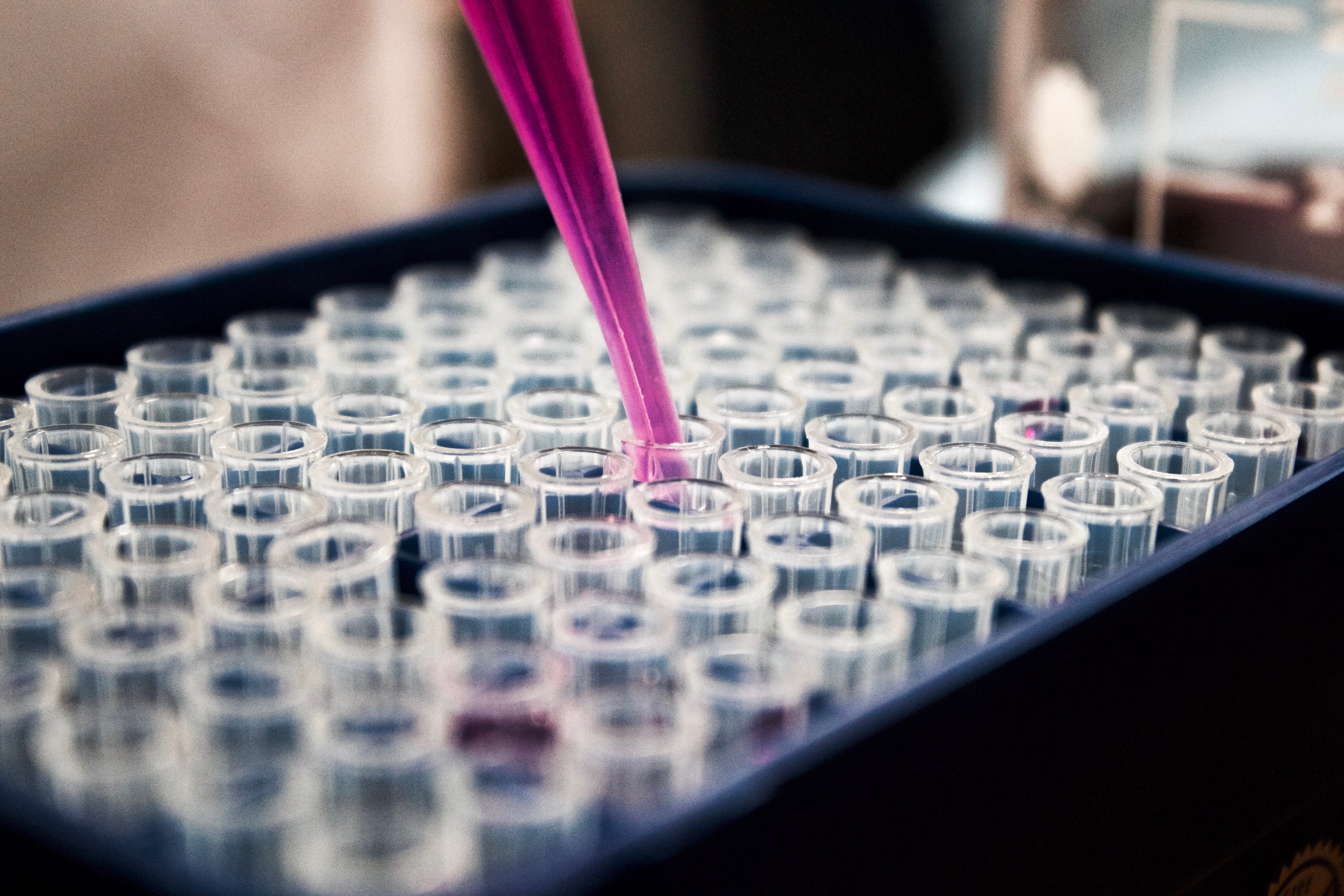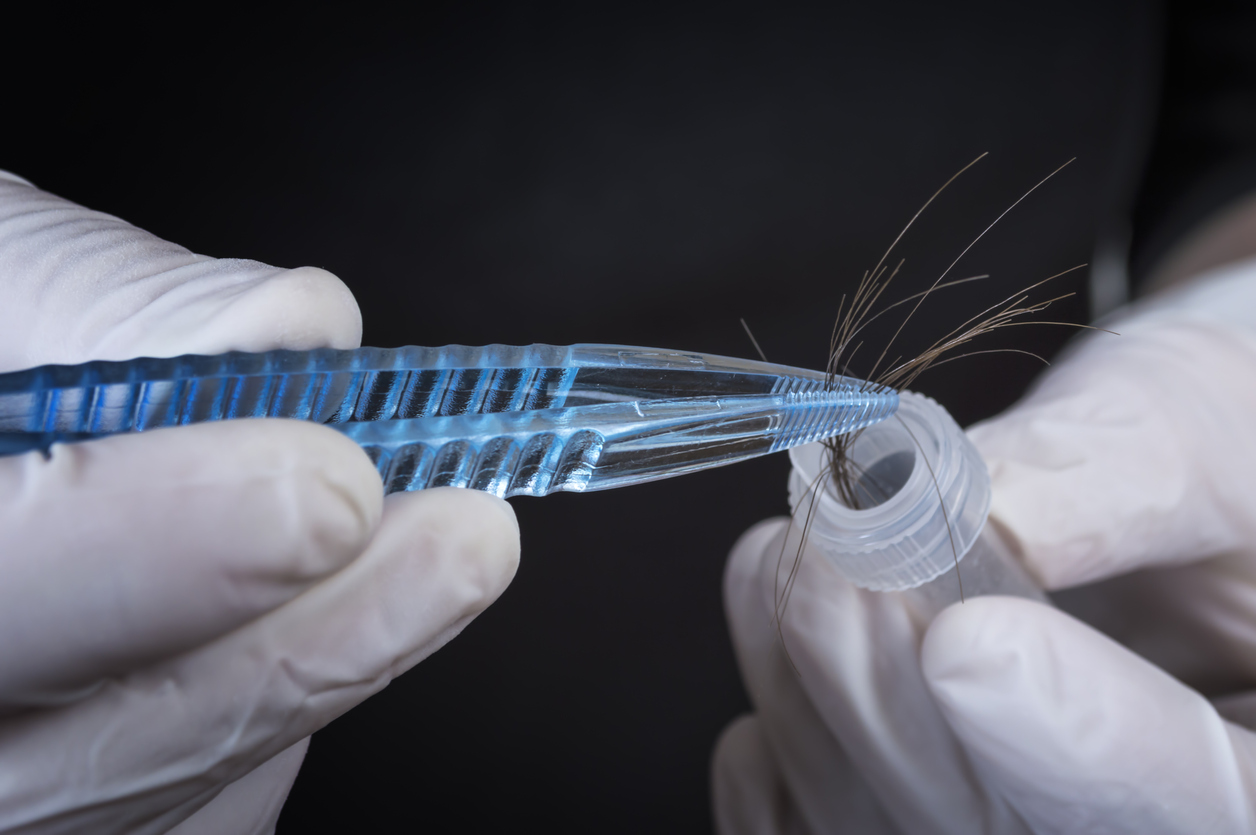14++ How Has Forensic Technology Changed In The Last 100 Years download
How has forensic technology changed in the last 100 years. A Path Forward that has changed. But in the wake of the 2009 National Academy of Sciences report Strengthening Forensic Science in the United States. Forensic science Timeline Timeline Description. Forensic science is the application of science and technology to investigate criminal acts. When broken glass is involved in a crime putting together even tiny pieces can be key to finding important clues like the direction of bullets the force of impact or the type of weapon used in a crime. Through its highly sensitive isotopic recognition ability the LA-ICP. DNA analysis wasnt even part of forensic science 20 years ago. How had forensic science changed so we catch these bad guys before they do anymore damage. The hope is that with the help of computers and data biases and errors will be lessened and law enforcement. Identification by DNA analysis is to the 20th century what fingerprints were to the 19th century. It has only been within the last century that law enforcement agencies and the court systems have come to rely so heavily on the. Technology wwwjistinfo Computer Forensics - Past Present and Future Derek Bem Francine Feld Ewa Huebner Oscar Bem University of Western Sydney Australia Abstract In this paper we examine the emergence and evolution of computer crime and computer forensics as well as the crisis computer forensics is now facing.
DNA analysis has revolutionized how blood and body fluids from the most violent crimes are analyzed and used for investigative information. This area of science once prone to numerous errors and misinterpretation is now one of the most important pieces of a case in modern law. In the past there was no way to conne c t DNA from a crime scene to a suspect. An increasingly mobile and technical society has created exponential growth in digital forensics utilization over the past 10 years. How has forensic technology changed in the last 100 years How have you seen forensic investigations develop so far over your years of expertise. As a result crime solving becomes faster more efficient and more accurate. With advanced digital forensic technology agencies are able to increase case efficiency and closure rates. Known prints from criminals used to be rolled in ink and stored on paper and the latent prints from crime scenes were lifted in powder and stored in plastic sheets. Many courts no longer accept the absolutely sure quality control system Stoney says and instead we want to have methods to measure the best that we can and if we dont have those we want. Things get faster better and cheaper over time as new technology replaces the old. Laser Ablation Inductively Coupled Plasma Mass Spectrometry LA-ICP-MS. Surprisingly while the use of science in criminal investigations in some manner or another been around since before the Roman Empire the idea of forensic science as a discipline and a career is barely 100 years old. From cell phones to tablets to the latest social media application and beyond countless opportunities exist for digital communication and entertainment.
 Drug Analysis Forensic Resources
Drug Analysis Forensic Resources
How has forensic technology changed in the last 100 years This review briefly recapitulates 30 years of progress in forensic DNA analysis which helps to convict criminals exonerate the wrongly accused and identify victims of crime disasters and war.

How has forensic technology changed in the last 100 years. UHPLC MS-MS and DNA 17 techniques and associated enhanced quality control procedures have immeasurably improved many areas of forensic casework thus enhancing the reliability of forensic findings. Our world today revolves around technology more than ever before. As modern forensic technology continues to change the field of law enforcement will only become more challenging and interesting.
The science of fingerprinting has been around nearly one hundred and fifty years but the mechanism of storage and matching prints was cumbersome. DNA investigation was. The World Economic Forums Technology Pioneers which just celebrated its 20th anniversary gives us insight how emerging tech leaders have influenced and responded to these changes.
The development of computer forensics over the last 25 years signaled a sea change in modern law enforcement. The Unique Role of Digital Evidence in Forensic Science The rise of the digital age has introduced a completely new type of crime. The changes in technology in the 20 th and 21 st century have made forensic techniques much more advanced and more reliable and in addition created new subdivisions which have become larger and more important in the 21 st century.
Current standard methods based on short tandem repeats STRs as well. Forensic science tech evolves the same way as every other area of technology. 9192007 93600 AM Last Printed.
Technology has changed major sectors over the past 20 years including media climate action and healthcare. Now we reach the last point on our forensic timeline. DNA fingerprinting one of the great discoveries of the late 20th century has revolutionized forensic investigations.
9262007 95100 AM 2007 The Evolution of Forensic Science 623 It has been recognized for decades that scientists and lawyers do not think and reason alike and that they employ different value systems in their treatment and interpretation of evidence7. 10 Cool Technologies Used in Forensic Science 1.
How has forensic technology changed in the last 100 years 10 Cool Technologies Used in Forensic Science 1.
How has forensic technology changed in the last 100 years. 9262007 95100 AM 2007 The Evolution of Forensic Science 623 It has been recognized for decades that scientists and lawyers do not think and reason alike and that they employ different value systems in their treatment and interpretation of evidence7. DNA fingerprinting one of the great discoveries of the late 20th century has revolutionized forensic investigations. Now we reach the last point on our forensic timeline. Technology has changed major sectors over the past 20 years including media climate action and healthcare. 9192007 93600 AM Last Printed. Forensic science tech evolves the same way as every other area of technology. Current standard methods based on short tandem repeats STRs as well. The changes in technology in the 20 th and 21 st century have made forensic techniques much more advanced and more reliable and in addition created new subdivisions which have become larger and more important in the 21 st century. The Unique Role of Digital Evidence in Forensic Science The rise of the digital age has introduced a completely new type of crime. The development of computer forensics over the last 25 years signaled a sea change in modern law enforcement. The World Economic Forums Technology Pioneers which just celebrated its 20th anniversary gives us insight how emerging tech leaders have influenced and responded to these changes.
DNA investigation was. The science of fingerprinting has been around nearly one hundred and fifty years but the mechanism of storage and matching prints was cumbersome. How has forensic technology changed in the last 100 years As modern forensic technology continues to change the field of law enforcement will only become more challenging and interesting. Our world today revolves around technology more than ever before. UHPLC MS-MS and DNA 17 techniques and associated enhanced quality control procedures have immeasurably improved many areas of forensic casework thus enhancing the reliability of forensic findings.
 Investigating The Future Of Forensics American Association For The Advancement Of Science
Investigating The Future Of Forensics American Association For The Advancement Of Science